Nuclear research reactors
Nuclear research reactors do not generate electricity. Instead, they produce neutrons primarily for research, radioisotope production, and nuclear education and training. Since 1942, about 884
Nuclear research reactors do not generate electricity. Instead, they produce neutrons primarily for research, radioisotope production, and nuclear education and training. Since 1942, about 884

Modern wind energy in the United States began in California in the early 1980s with several wind farms in mountain passes in central and Southern
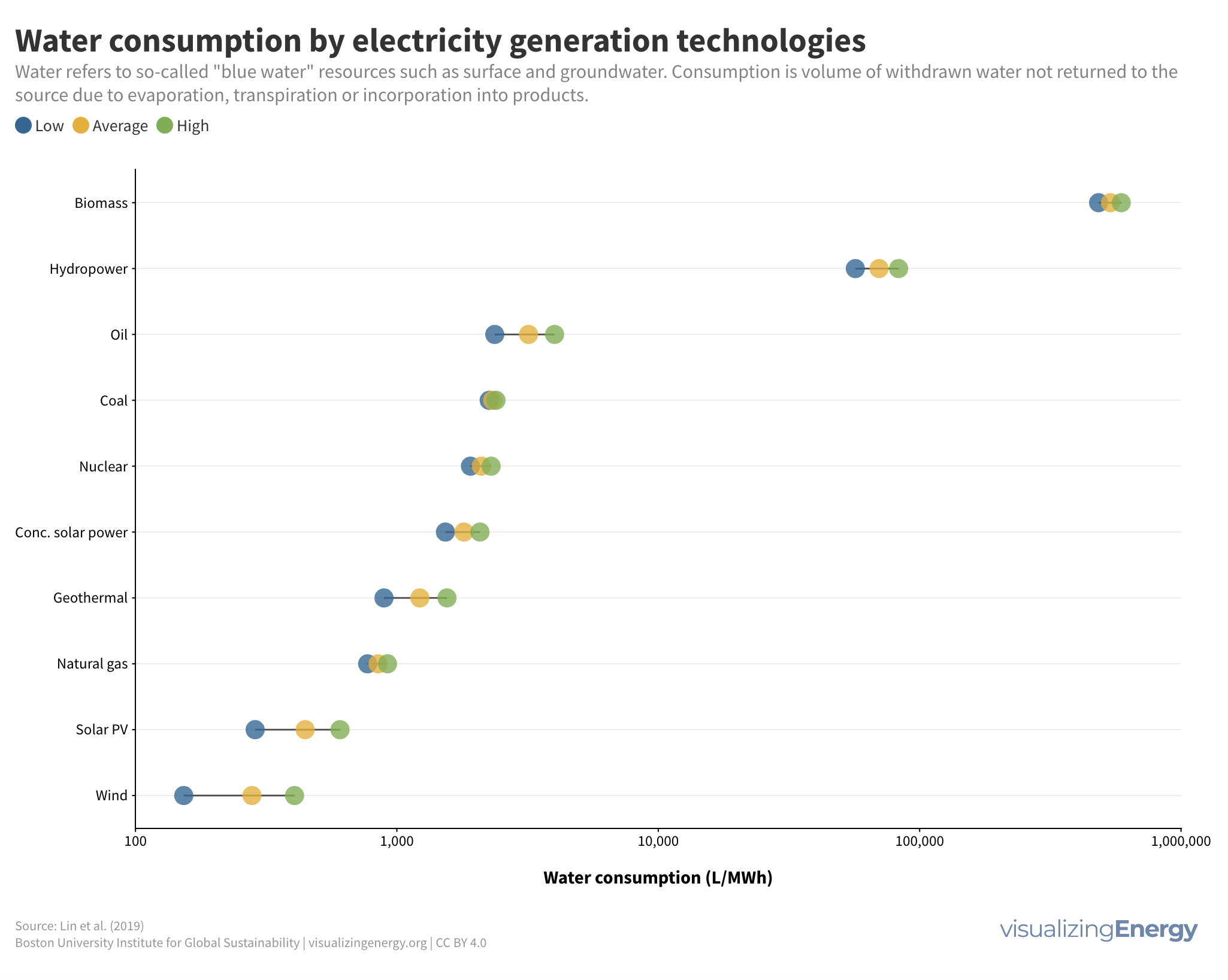
In the twentieth century, global energy use grew tenfold, and global water use grew sixfold. Population growth and rising affluence are expected to drive continued
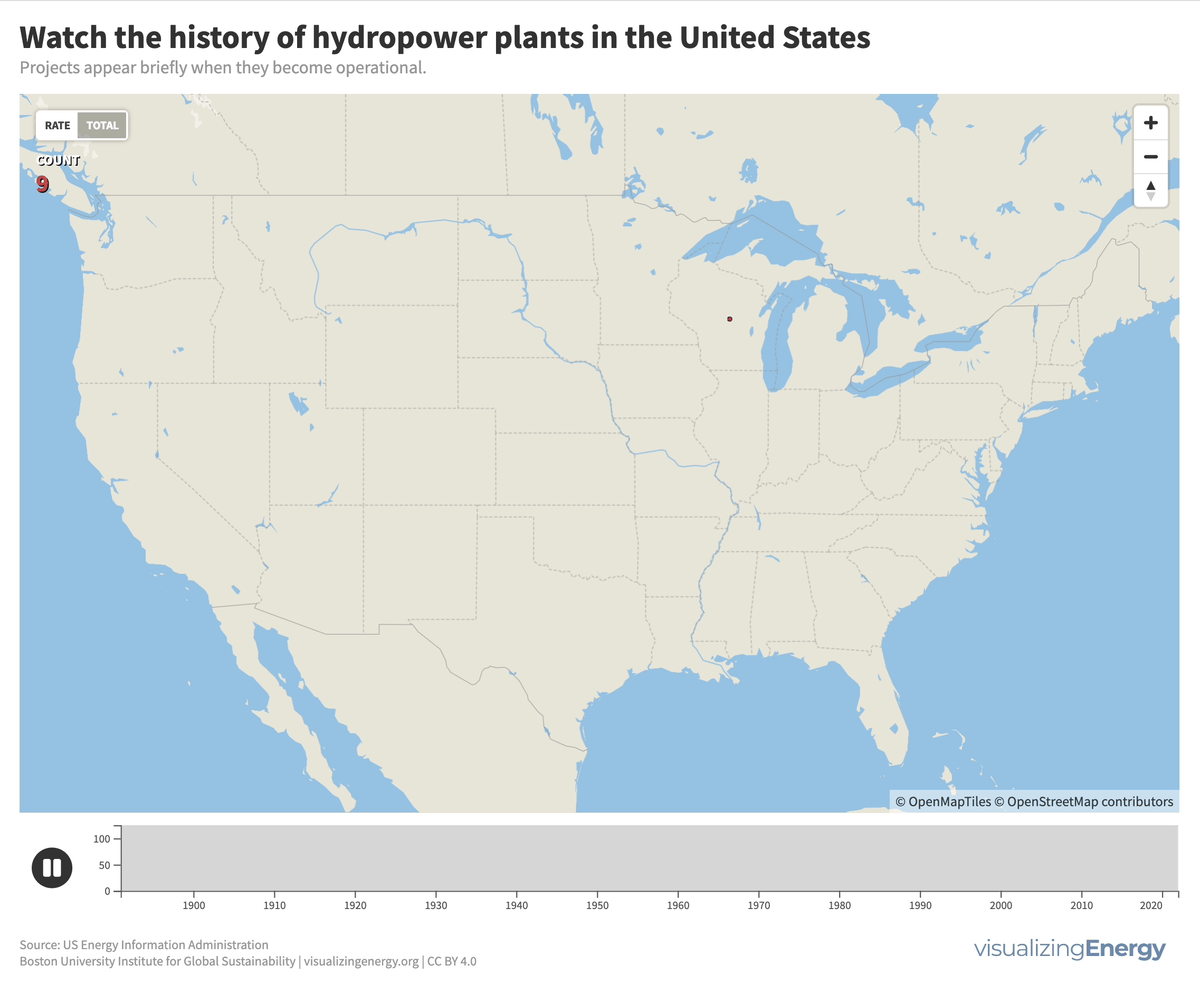
More than 4000 hydroelectric dams have been built in the United States since the late 19th century, representing six percent of all-time additions to electric generation capacity from all sources.
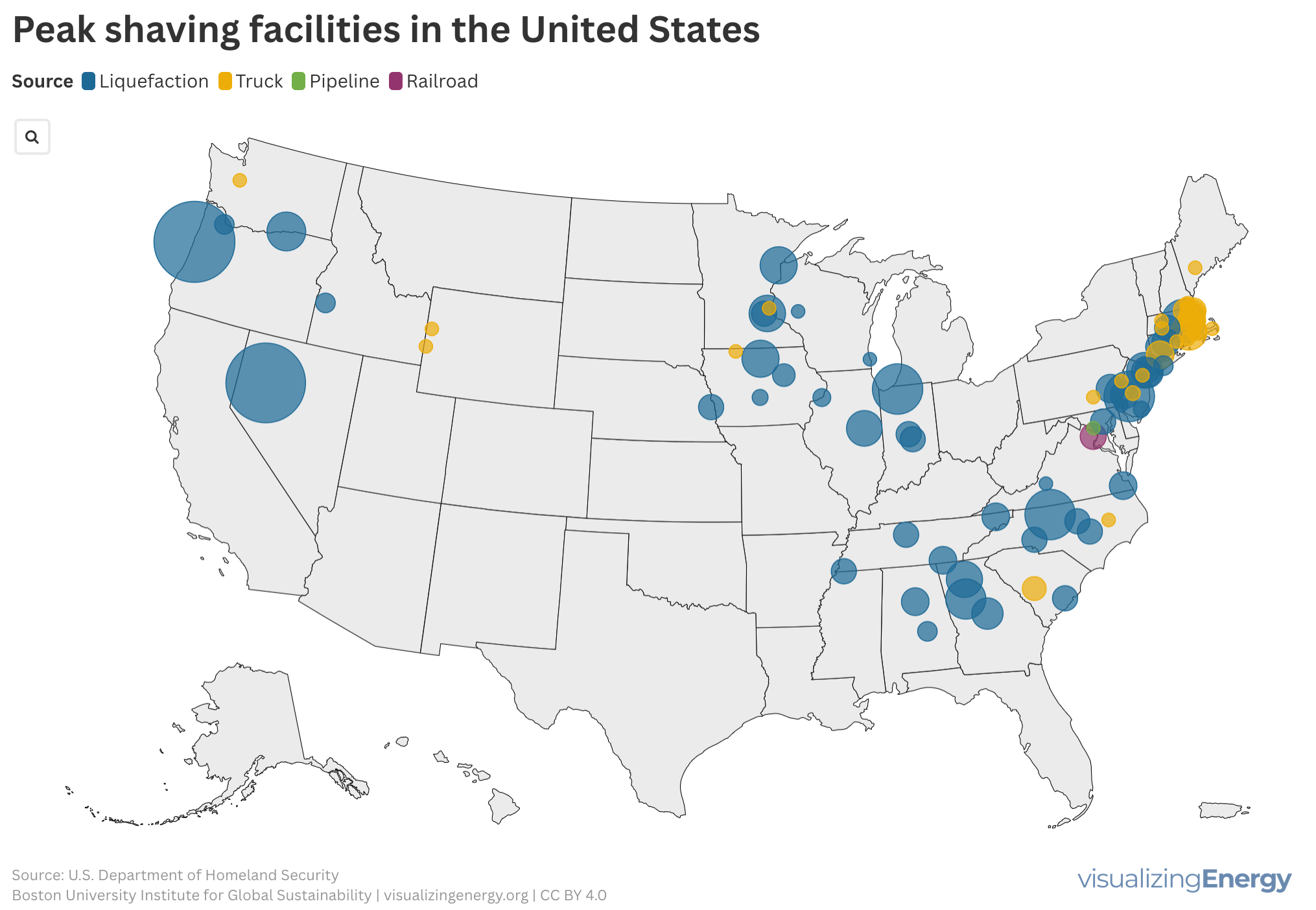
A peak shaving facility is an energy system that balances fuel demand fluctuations, particularly for natural gas during peak usage times. It stores liquefied natural gas (LNG) at low demand and releases it when needed. Commonly found in metropolitan areas and regions with pipeline limitations, these facilities aid in preventing shortages and price spikes.
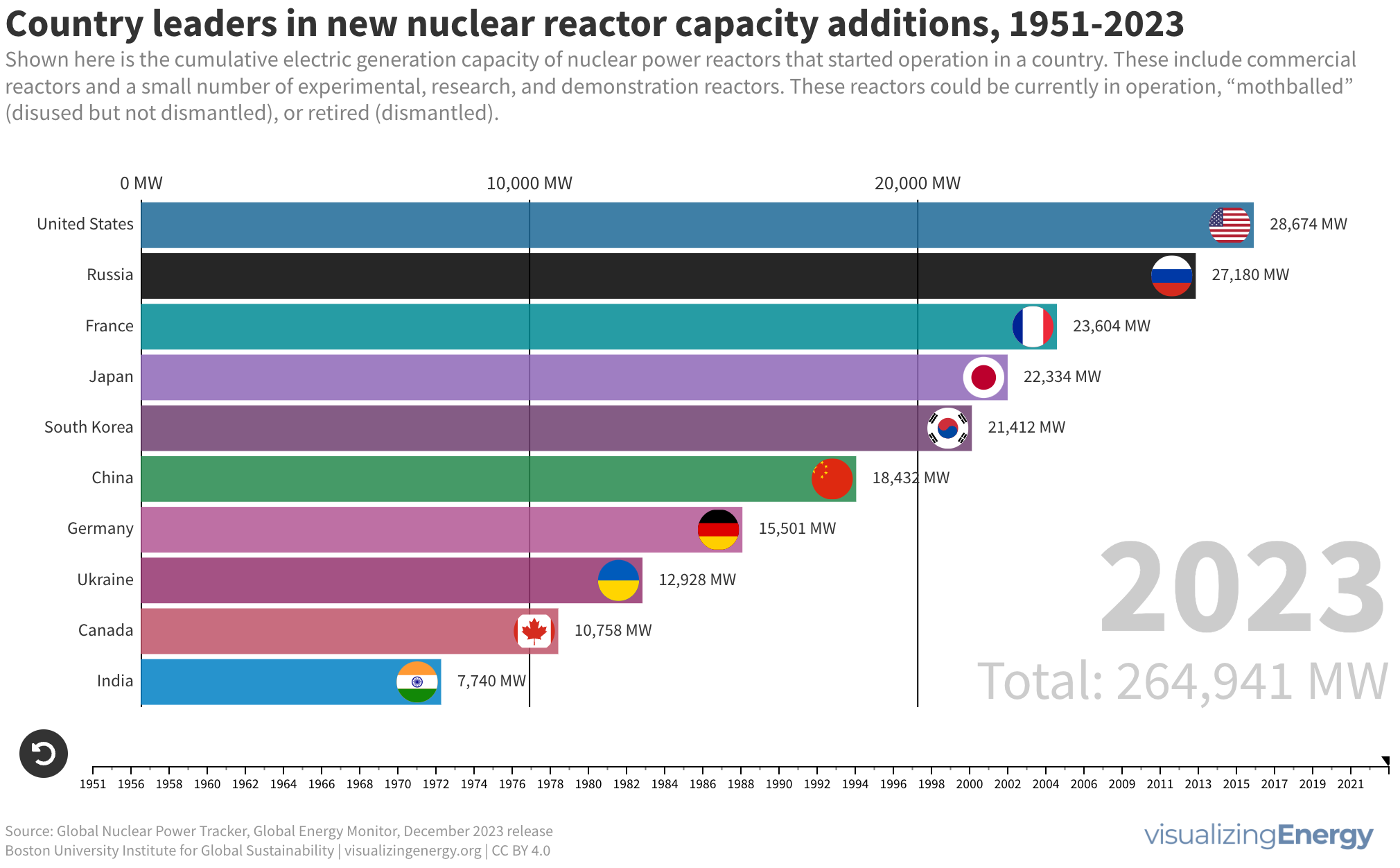
Nuclear power plants have a nameplate capacity of about 390 gigawatts and supply 10% of the world’s electricity. The United States, Russia, France, Japan, South Korea, and China account for 36% of global capacity. Capacity additions have declined due to accidents, rising costs, public opposition, and the increasing attractiveness of renewable power generation.
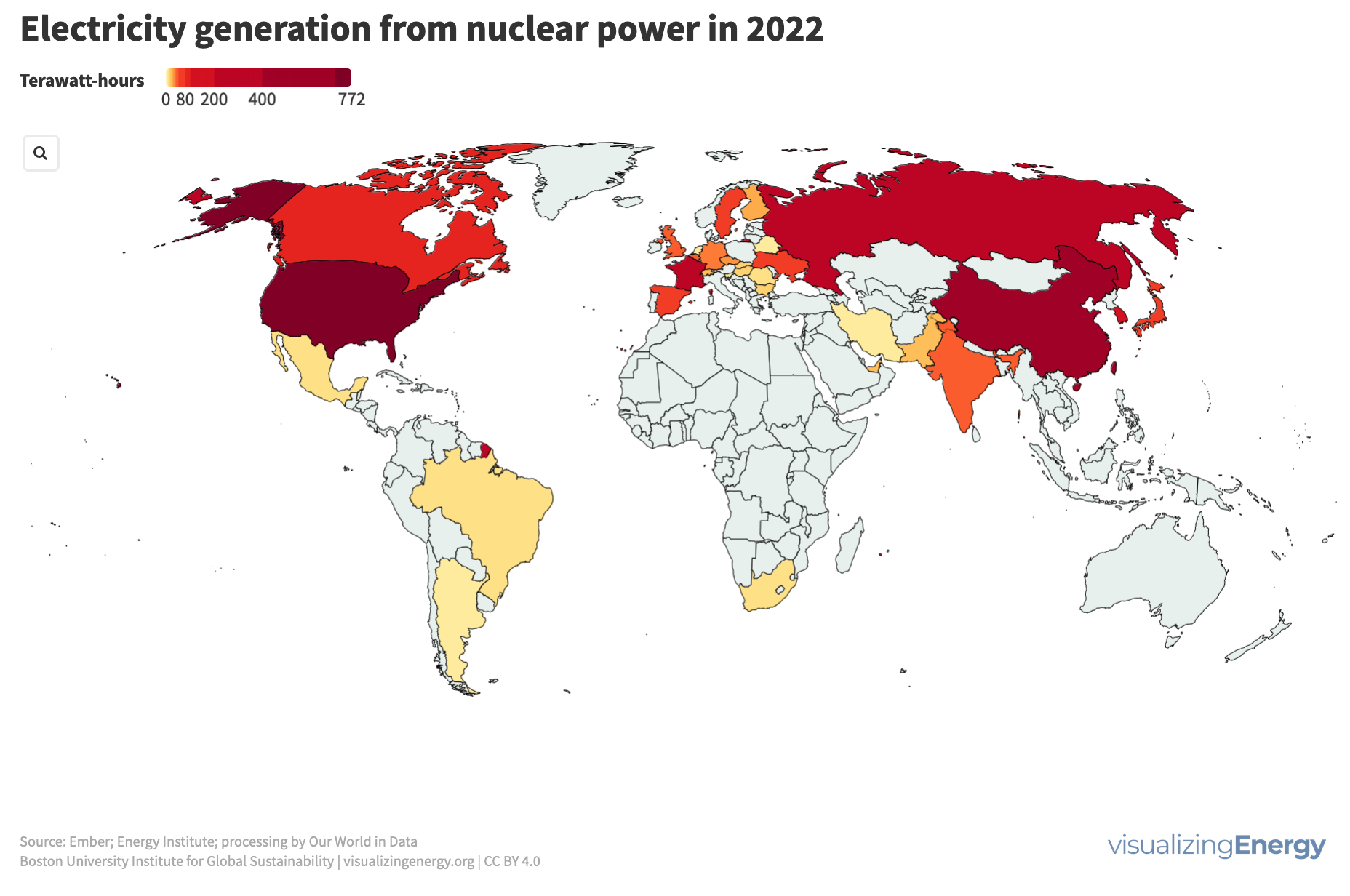
In 2024, 440 nuclear power reactors operated in 32 countries, generating 10% of the world’s electricity. The US, China, France, Russia, and South Korea are the top generators. France leads in nuclear power usage (63%), followed by Slovakia, Hungary, Belgium, and Slovenia. Ukraine’s nuclear operations were impacted by the 2022 Russian invasion, causing fluctuating reactor activity.

The global nuclear power industry has experienced significant shifts since its post-WWII expansion, with a sharp decline in new reactor starts from the 1990s onwards. More recently, some countries have sought to replace fossil fuels with nuclear power to address emissions and energy security. However, challenges remain in demonstrating the promised benefits of new reactor designs.
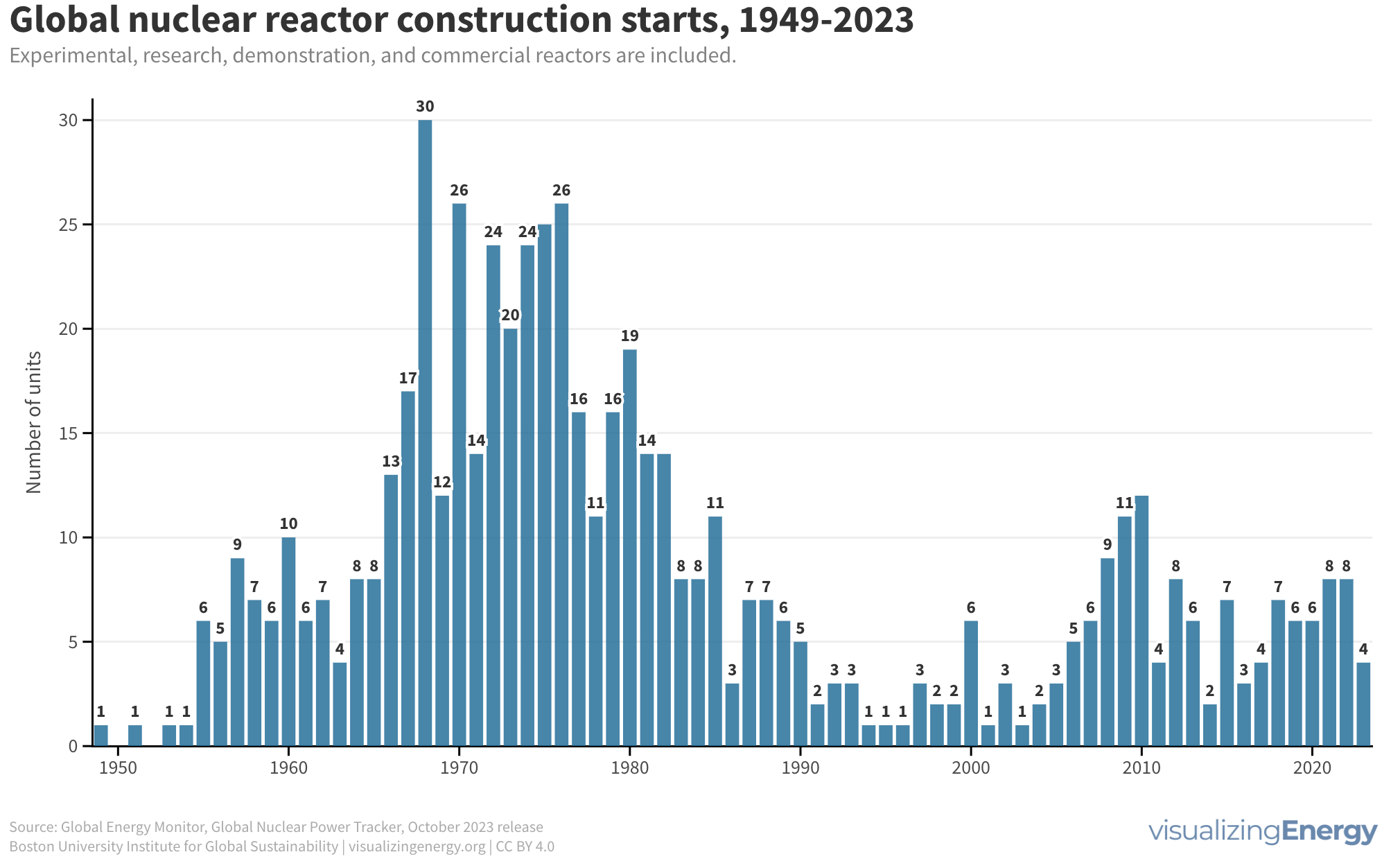
The construction of new nuclear power plants reflects changing electricity demand and technology competitiveness. Despite industry and government support, nuclear power faces challenges such as cost-competitiveness and safety concerns, leading to extended construction times. While some advocate for its expansion as vital for clean energy transition, others question its necessity due to declining global electricity share and the rise of cheaper renewables.

Dams serve various purposes such as navigation improvement, flood control, and electricity generation. There are over 40,000 dams worldwide, with significant hydroelectric capacity. The environmental impact of these large projects, including disturbance of ecosystems and displacement of communities, must be carefully assessed and balanced with their low-cost and low-carbon benefits.